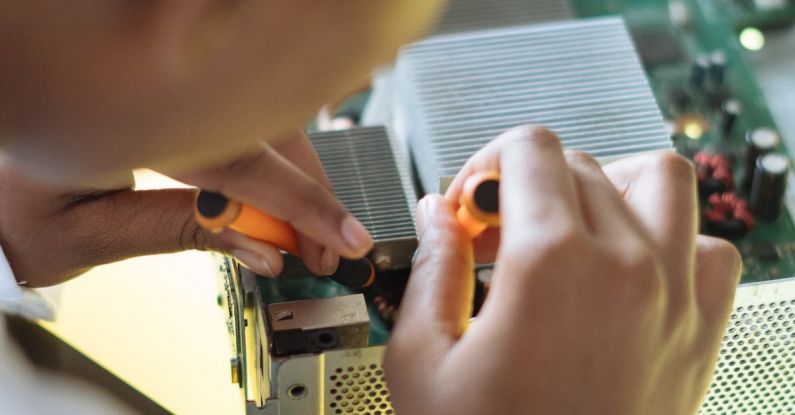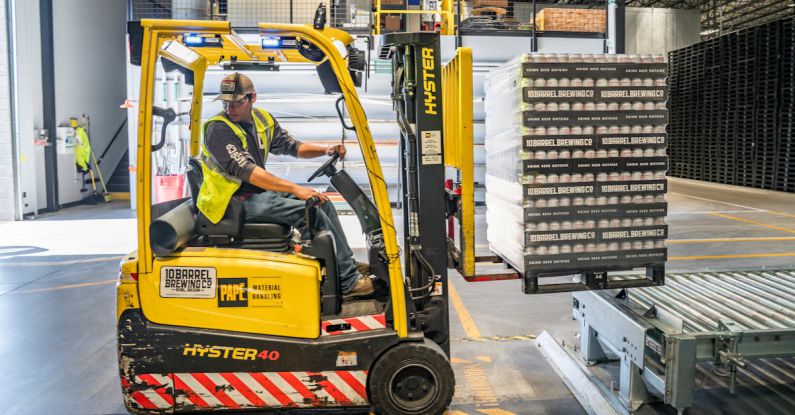
Multi-tools are incredibly versatile gadgets that can come in handy in a variety of situations. From fixing furniture to outdoor adventures, these tools are a convenient all-in-one solution for many tasks. However, despite their usefulness, many people make common mistakes when using multi-tools that can lead to accidents or damage to the tool itself. In this article, we will explore how you can avoid these errors and make the most out of your multi-tool.
Understanding the Tool’s Limitations
One of the most common mistakes people make when using multi-tools is not understanding their limitations. While these tools are designed to be versatile, they are not meant to replace specialized tools for specific tasks. Before using a multi-tool, take the time to familiarize yourself with its capabilities and limitations. Trying to force a multi-tool to do a job it’s not designed for can result in damage to the tool or a botched job.
Using the Wrong Blade or Attachment
Another mistake that many people make when using multi-tools is using the wrong blade or attachment for the task at hand. Multi-tools come with a variety of blades and attachments, each designed for specific purposes. Using the wrong blade can not only make the job more difficult but can also damage the material you are working on. Before starting a task, make sure you have the right blade or attachment for the job.
Neglecting Maintenance
Like any tool, multi-tools require regular maintenance to ensure they function properly. Neglecting to clean and lubricate your multi-tool can lead to rust, dull blades, and overall decreased performance. After each use, take the time to clean your multi-tool and apply a light coat of oil to prevent rust. Additionally, check the blades and attachments for any signs of wear and tear and replace them as needed.
Using Excessive Force
One of the most common mistakes people make when using multi-tools is using excessive force. Multi-tools are designed to be efficient and precise, so using too much force can not only damage the tool but also increase the risk of accidents. Instead of forcing the tool to do the job, let the tool’s design and sharp blades do the work for you. Apply steady, controlled pressure to achieve the desired results without risking damage to the tool or injury to yourself.
Skipping Safety Precautions
When using multi-tools, it is essential to prioritize safety. Many accidents can be avoided by following simple safety precautions, such as wearing protective gear like goggles and gloves. Additionally, always make sure the tool is turned off when changing blades or attachments to prevent accidental injuries. By taking the time to follow safety guidelines, you can ensure a safe and successful use of your multi-tool.
Storing Improperly
After using your multi-tool, it is crucial to store it properly to prevent damage and ensure longevity. Storing the tool in a damp or humid environment can lead to rust, while leaving it exposed to extreme temperatures can affect its performance. To maintain your multi-tool in top condition, store it in a dry, cool place away from direct sunlight.
Incorporating these practices into your multi-tool usage routine can help you avoid common mistakes and get the most out of your tool. By understanding its limitations, using the right blades, maintaining it properly, applying controlled pressure, prioritizing safety, and storing it correctly, you can ensure that your multi-tool remains a reliable companion for a wide range of tasks. With a little care and attention, you can make the most out of your multi-tool and enjoy its convenience for years to come.





